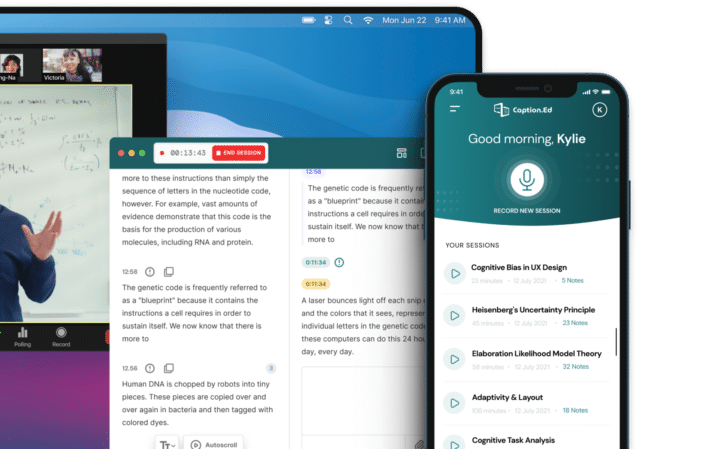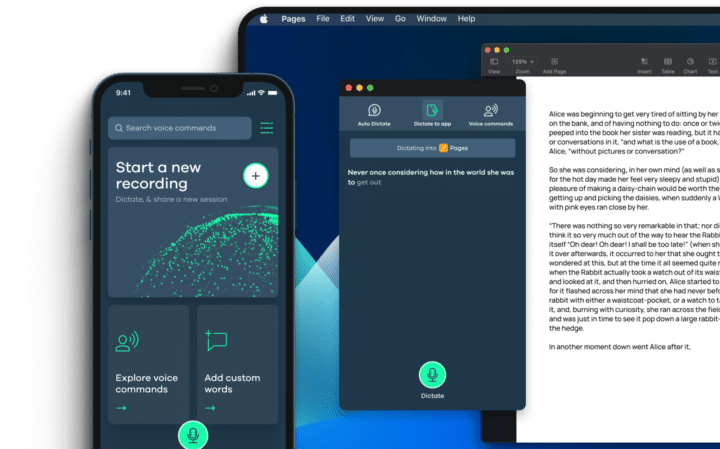Dyspraxia Meaning
Dyspraxia is a developmental and neurodivergent condition that affects movement, balance, and coordination. It’s also a learning difficulty that affects around 5-6% of children and around 10% of adults. Dyspraxia is an applied neurodivergence which means it’s present at birth. As an innate condition, it disrupts communication between the brain and body and affects a person’s fine motor skills.
It’s important to note that dyspraxia does not reflect a person’s level of intelligence. Many people lead successful lives, with celebrity ambassadors including actor Daniel Radcliffe and musician Florence Welch.
People with dyspraxia may experience crossover with other conditions including dyslexia, ADHD, ADD, and ASD. They experience a range of symptoms relating to movement, spatial awareness, and organisational skills including organisation speech, attention, and thoughts.
How Is Dyspraxia Diagnosed?
If an adult is struggling with movement and coordination to such an extent that it causes problems with their day-to-day activities, they may want to seek a diagnosis of dyspraxia or DCD from their GP. Individuals may find it useful to create a diary or log of their movement challenges and be specific about which activities or duties they struggle with.
Pathways to a diagnosis aren’t simple and may involve a diagnostic and needs-based approach to assessment.
Diagnostic
Getting a diagnosis may involve a referral to an occupational therapist or a physiotherapist for assessment. If a GP has ruled out any other conditions, the physiotherapist or occupational therapist may confirm a diagnosis of dyspraxia or DCD. An assessment can include the following:
- A thorough assessment from witnesses to describe how problems with movement affect daily life and routine tasks.
- A review of developmental history to understand if there was any illness, injury, or difficulty with movement and coordination at an early age.
- Assessments of fine motor skills including a measure of balance, posture, and typing or writing abilities.
- Any other assessments may help rule out other explanations or provide further evidence.
In some cases, a neurologist may be the most appropriate referral point.
Needs-Based Assessment
Needs-based assessments can help to determine the best support for someone with dyspraxia or DCD. A formal diagnosis is not a prerequisite and individuals can request a needs-based assessment to support daily living.
Want to Know More About Our Products?
Learn More
These assessments may include a review of lifestyle aspects where dyspraxia or symptoms of dyspraxia cause difficulties:
- Fine motor skills
- Balance, posture, movement
- Organisational and planning skills
- The ability to drive a car, ride a bike, exercise, or take part in group activities
- Sensory responsiveness
- Levels of confidence and self-esteem
An occupational therapist, physiotherapist, psychologist, or specialist assessor may carry out such assessments. GPs can also make referrals to paediatricians, occupational therapists, or learning specialists to ensure children receive the most appropriate support available.
Dyspraxia Symptoms
Both adults and children can experience dyspraxia or DCD. And this will be evident in different ways. Dyspraxia affects three main areas of functioning – movement, organisation, and speech and language.
In this section, we offer a dyspraxia checklist that may be helpful to review before considering any formal diagnosis.
In Adults
A key feature of dyspraxia in adults is experiencing difficulty with coordination. Several physical signs may reveal problems with movement and coordination:
- Awkward and irregular body movements
- Visible extra physical and mental efforts to carry out movements
- Lack of spatial awareness
- Problems with learning new movements or transferring them to new situations
Adults with dyspraxia can also struggle with organisation and planning skills. Some areas this can manifest include:
- Problems trying to schedule their time and plan activities
- Struggles to use equipment in a sequential or methodical way
- Less ability to organise thoughts than some others
- Difficulties with attention and memory
Speech and language can also be problematic for many people with dyspraxia. This can manifest in the following ways:
- Problems coordinating bodily movements needed for clear speech
- Difficulties following conversations
- Long pauses or silences before responding to questions or comments
- May have verbal dyspraxia only
In Children
Younger and older children will display various symptoms including difficulties with movements during physical play and problems organising their thoughts. Some children with dyspraxia may display the following signs within our dyspraxia checklist:
- Unable to reach developmental milestones
- Poor grip when drawing, painting, or using utensils
- Lack of competence in playing board games or jigsaw puzzles
- Difficulty walking up or down stairs
- Behavioural problems
- Underperformance at school including a short attention span
- Being teased by others for being clumsy or awkward
Older children and teenagers may show similar yet different symptoms at home and school. These can include:
- Forgetting their teacher’s names, classroom details, or homework
- Reacting to poor self-esteem with disruptive behaviour in class
- Lack of friendships and a general sense of isolation from feeling different
- Difficulties with writing or typing.
- Inappropriate behaviour such as speaking
How Is Dyspraxia Treated?
Since it’s an innate condition that often runs in families, dyspraxia has no cure. Despite this, it is possible to gain treatment that supports daily living and gives people better access to daily life.
Occupational therapy and psychotherapy are options for adults to consider as therapeutic support for dyspraxia. Many people do need support to carry out their daily activities and duties, and this is where occupational therapy may be helpful.
Other forms of therapy may include counselling or CBT which may help with managing feelings around having the condition and improve quality of life.
People with dyspraxia can also gain practical and emotional support through the government’s Access to Work scheme. By applying for a workplace needs assessment, individuals can increase workplace accessibility and boost their confidence.
Is Dyspraxia a Learning Disability?
Dyspraxia impacts the communication pathways between the brain and the body. It’s considered an applied neurodivergence as opposed to an acquired neurodivergence, where someone may develop neurodivergence over time.
In this sense, dyspraxia doesn’t impact or reflect someone’s level of intelligence. Dyspraxia symptoms exist on a spectrum and affect children and adults in different ways. It’s considered a learning disability since it can limit someone’s ability to organise and plan their thoughts.
Like dyslexia, people with dyspraxia need access to supportive tools and interventions to manage their symptoms, boost their confidence, and increase their level of accessibility.
What Is Verbal Dyspraxia?
Verbal dyspraxia is where children find it difficult to coordinate the exact movements of their mouths. Children with this condition find it hard to make speech sounds using their mouths. Plus, the disorganised thinking that can come with dyspraxia can compound this ability.
Verbal dyspraxia is also referred to as Childhood Apraxia of Speech. Some of the key symptoms of the condition include the following:
- Slower speech and inconsistent production of words
- Effortful speech with difficulty right at the start of words
- Limitations in the range of consonant and vowel speech sounds
- Overuse of a particular favourite sound
- No problem saying words initially but not when said again
- Know they have made pronunciation mistakes but can’t correct them
Getting help for verbal dyspraxia involves meeting with a speech and language therapist to carry out necessary tests. The therapist may then be able to diagnose verbal dyspraxia, although diagnosis will often include an occupational therapist or paediatrician.



